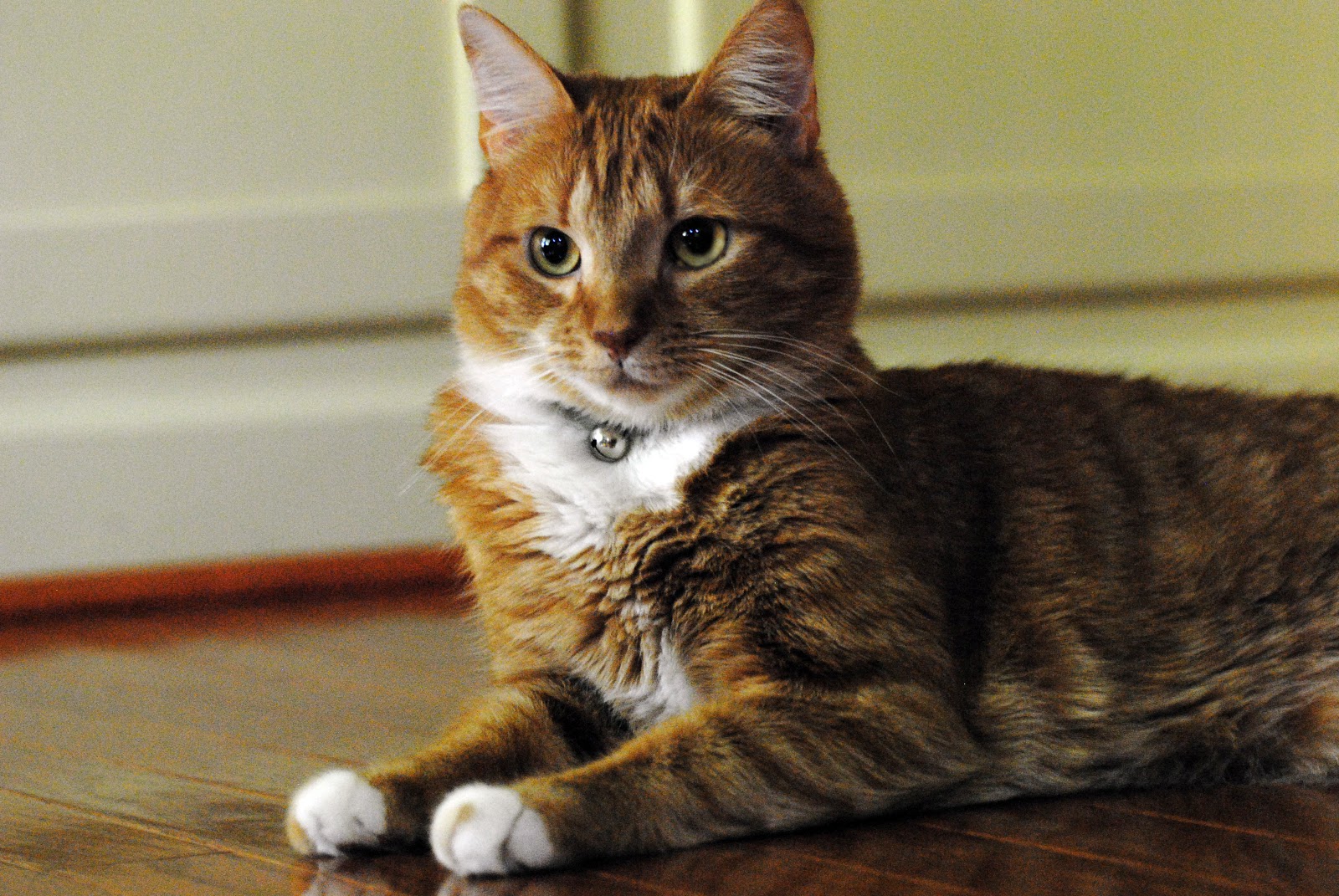The Economics of Cat Litter: Affordable Solutions
The Economics of Cat Litter: Affordable Solutions
Blog Article

Cat litter and litter boxes play an essential role in the lives of both cats and their owners. From the modest starts of sand and soil to the innovative developments of today, the world of cat litter has actually progressed substantially. In this comprehensive guide, we explore every aspect of cat litter and litter boxes, exploring their history, types, benefits, difficulties, and everything in between.
The history of cat litter dates back centuries, with ancient civilizations using sand, soil, and even ashes as primitive litter materials. However, it wasn't up until the mid-20th century that contemporary cat litter as we understand it emerged. In 1947, Edward copyright presented the world's very first industrial cat litter made from absorbent clay, reinventing the method felines relieved themselves inside your home. Considering that then, cat litter has actually undergone numerous transformations, with the introduction of clumping litter, silica gel litter, biodegradable options, and more.
Today, cat owners are ruined for option when it pertains to picking the best litter for their feline companions. Conventional clay litter remains popular for its affordability and efficiency in soaking up smells. Clumping litter, which forms solid clumps when wet, simplifies cleansing and upkeep. Silica gel litter, made up of highly absorbent silica crystals, offers superior smell control and durability. Naturally degradable choices, such as recycled paper, wood pellets, corn, and wheat, appeal to environmentally mindful customers.
Each type of cat litter offers special benefits. Clay litter masters its capability to take in moisture and control odors, making it a dependable choice for lots of feline owners. Clumping litter simplifies daily scooping and extends the time in between total litter modifications. Silica gel litter supplies remarkable odor control and can last longer in between replacements. Biodegradable litters use a sustainable option that reduces environmental effect.
While cat litter enhances indoor feline health, it is not without its difficulties. Dust from clay litter can position breathing dangers for both cats and human beings, prompting the popularity of dust-free cat litter robot options. Some cats might develop litter box hostility due to problems with texture, scent, or tidiness, necessitating experimentation with various litters and box configurations. Multi-cat families may require strategic litter box positioning and frequent maintenance to avoid territorial conflicts and ensure all felines have access to clean centers.
Selecting the proper litter box is important for promoting favorable litter box habits and total feline well-being. Aspects to think about include size, availability, and design choices. Covered litter boxes provide cat litter box personal privacy and help include odors, but some felines may find them restricting or intimidating. Open-top litter boxes provide simple access and presence but may lead to more litter scatter. Automatic self-cleaning litter boxes improve upkeep but require regular tracking and maintenance.
Correct litter box maintenance is important for ensuring a clean and welcoming environment for both cats and their owners. Daily scooping eliminates waste without delay, reducing smell and discouraging litter box aversion. Regular litter replacement, generally every 1-2 weeks, prevents bacterial buildup and keeps optimal absorbency. Comprehensive cleaning with mild cleaning agent and water, preventing harsh chemicals that may prevent felines from utilizing package, should be performed monthly.
Cat litter cat litter box and litter boxes play a main function in fostering a healthy and harmonious relationship in between felines and their human buddies. With a diverse range of litter choices and litter box styles readily available, cat owners have the versatility to customize their options to suit their cats' preferences and home requirements. By comprehending the advancement, types, benefits, and challenges of cat litter and litter boxes, animal owners can offer their feline pals with a comfy and sanitary indoor environment.